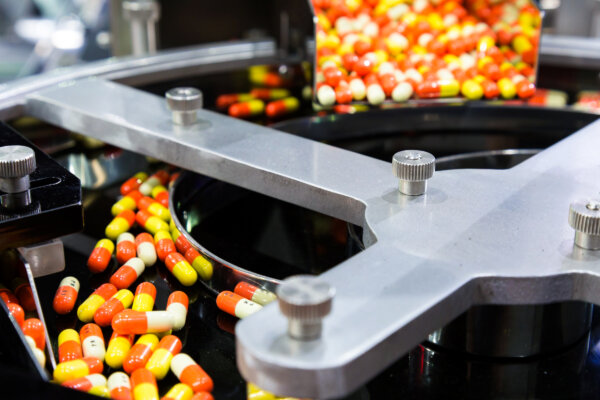
Personalized medicine through 3D-printed pills shows potential, but safety and regulatory hurdles persist.
Customized Pills for Targeted Drug Delivery
The study, led by Dr. Yinfeng He, utilizes multi-material inkjet 3D printing to produce personalized pills that can administer multiple drugs at specific rates. By combining various medications into a single tablet, each drug can be released at predetermined intervals tailored to individual patient requirements.
The key ingredient in this innovation is poly-4-acryloylmorpholine (poly-ACMO), a water-soluble material that, when combined with an insoluble substance, allows for the creation of tablets with varying drug release speeds—slow, fast, or in stages.
The team utilized ultraviolet (UV) light to print and solidify the tablets, demonstrating the efficacy of their method in crafting personalized medications. They successfully integrated aspirin into their formulations.
“This advancement marks a significant step in personalized medication development,” stated Dr. He in a press release. “It not only showcases the potential of 3D printing in transforming drug delivery but also paves the way for next-generation personalized medicines.”
Simplified Medication Schedules
This novel technology could benefit individuals with complex medication regimens, particularly those with chronic illnesses. By consolidating multiple drugs into a single pill, the regimen becomes more straightforward, enhancing patient adherence to prescribed treatments.
“In the UK, up to 50% of individuals do not adhere to their medication regimen properly… A single-pill approach could simplify the intake of multiple medications at different times, and this research represents a significant step towards that goal,” remarked co-author and University of Nottingham professor Felicity Rose.
Another advantage of this technology is its scalability. The researchers demonstrated the ability to print up to 56 pills in a single batch, showcasing the potential for large-scale production. This capability is crucial for the manufacturing of personalized medicines, as highlighted in the study.
Real-World Applications of 3D-Printed Medications
In 2015, the U.S. Food and Drug Administration (FDA) approved the first 3D-printed drug, Spritam, developed by Aprecia Pharmaceuticals for epilepsy treatment. Aprecia utilized a unique 3D printing technique called ZipDose Technology to create a porous pill that dissolves rapidly with water.
Navigating Challenges in 3D-Printed Pharmaceuticals
The field of 3D-printed medications poses challenges, particularly in quality control. Unlike traditional drug manufacturing, which is highly standardized for consistency, 3D printing allows for modifications that can result in batch-to-batch variations.
According to the insurance firm Connor, Strong, and Buckelew, the rise of 3D-printed pharmaceuticals introduces additional risks. The technology’s susceptibility to cyber threats heightens the risk of counterfeit medications, with potential implications for patient health.
The University of Nottingham’s research on 3D-printed pharmaceuticals signifies progress towards personalized medicine. However, as this technology advances, experts stress the importance of addressing regulatory and quality control challenges.






